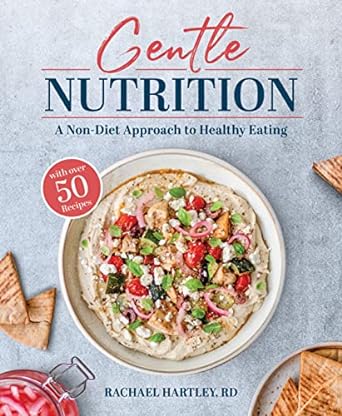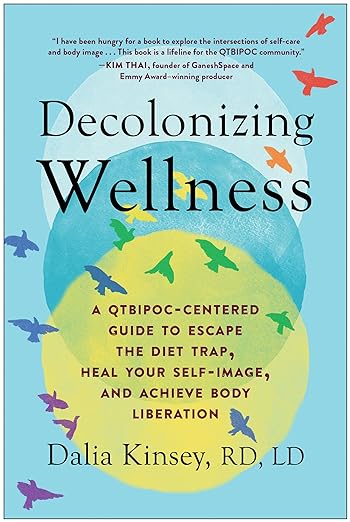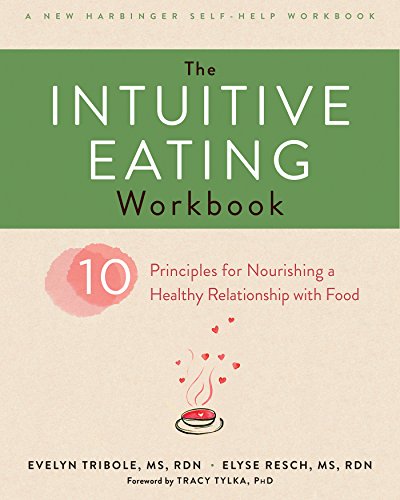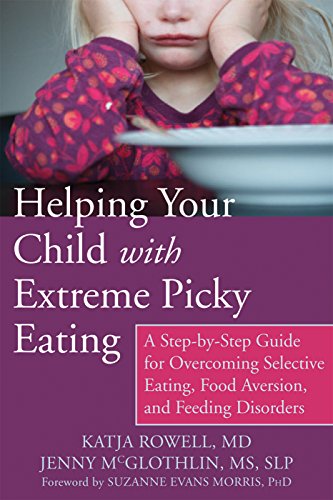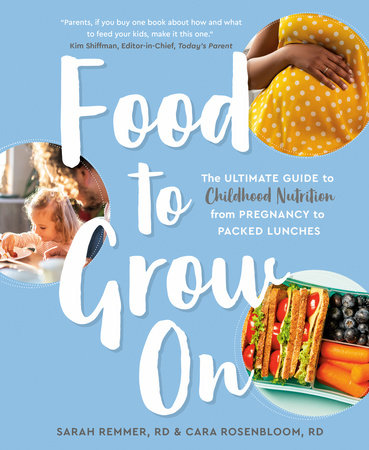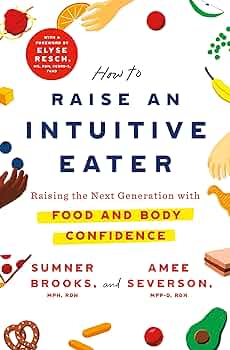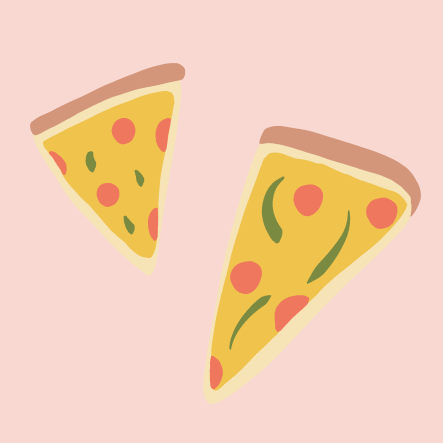
Take Aways
- Food diversity is part of a healthy relationship with food
- It is normal for children to need multiple exposures before accepting new foods
- Developing food skills helps with exposure and food acceptance
Expanding food acceptance at a young age is an essential part of developing the foundation for a healthy relationship with food.
Food diversity increases a child’s likelihood of eating a variety of nutrients such as fibre, or vitamins and minerals.
It also allows kids to eat comfortably at social gatherings such as grandparents’ house, child care or sleepovers.
At an early age, it is common for kids to be stuck on their favourite foods and it may be challenging to expand their food choices. A child may need to be exposed to new foods often before they feel comfortable trying them.
When a child is first exposed to a new food, they may not feel comfortable around it. It takes time for children to “trust” their food, they may need to be exposed to a food 5, 10, or 20 times before they feel comfortable trying it.
Ways to expose a new food before serving it at the table:
- Allow them to choose the item in the grocery store
- Wash or peel fruits and vegetables
- Let them add the spices or herbs
- Stir the ingredients together in a bowl
- Mix or flip foods that are in a pan
Know that touching food often leads to tasting!
Allowing your child to join you in the kitchen can teach them skills related to food prep, different varieties of food that go into a dish, and getting an introduction into food safety. Food skills are important tools that can be used as a preventative measure against chronic disease, development of disordered eating and body image issues.
Have your child join you in the kitchen as a way to build the following food skills:
- Participating in food preparation
- Introducing food safety
- Exposure to new smells, textures and tastes
- Allows them to try new foods in a non-pressuring environment
- Learning how to make satisfying meals and snacks
While we cook, we take food out of the fridge, the pantry, and the freezer. This introduces kids to food safety in terms of food storage. When they touch certain vegetables, they can feel that it is cold. It will gradually remind them of where foods should be stored. Talk to them about why foods are kept in different places while you cook together.
How role modelling can help kids expand their food choices
As you cook together, try food at every stage to role model how tasting is an important part of cooking. Role modelling this behaviour without pressuring your child to do the same may encourage them to try foods as well. Talk about what you tasted, you may be surprised by what your child is willing to try while they are cooking.
Are you interested in learning other ways to role model food acceptance at family meals? Check out our related Article: Role model food acceptance with family meals and neutral language
Are you ready to learn more about your child’s nutrition and building healthy relationships with food?
Book your discovery call to discuss how registered dietitian services may benefit you and your family.
Disclaimer
Information provided by our dietitians is for general education and is not medical advice.


